Description
The name ‘Sohrai’ is said to have derived from a paleolithic age word—‘soro’, meaning to drive with a stick. One of the oldest art forms of wall painting, this tribal art has continued since 10,000-4,000 BC. Sohrai Painting is a folk painting tradition that is mostly practised in Jharkhand’s villages. Traditionally, during the Sohrai holiday, which falls just a day after the Hindu celebration of Diwali, women of the household paint on the mud walls of their homes. The art has two major stylistic divisions based on the marriage and harvest seasons. Traditionally, Sohrai paintings are linked to the winter harvest of crops in Jharkhand. These paintings, whether monochromatic or colourful, are entirely created with natural pigments mixed in mud—Kali matti (maganese black), Duddhi matti/Charak matti (white mud), Lal matti/Geru (red oxide), and Pila matti (yellow ochre). The people apply a layer of white mud to the wall, and while the white layer is still wet, they draw on it with their fingertips, broken comb pieces, or chewed saal wood tooth-sticks (datwan). The designs are also created with cloth swabs daubed in various earth colours.

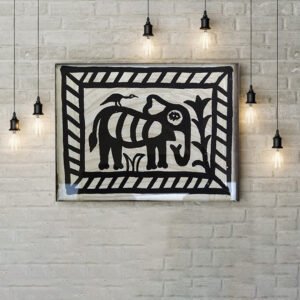
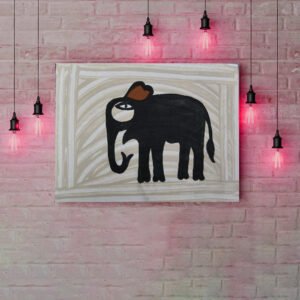
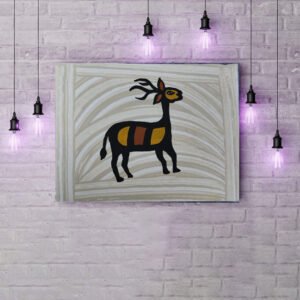
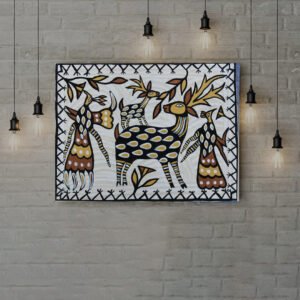
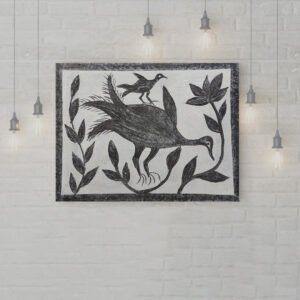
Reviews
There are no reviews yet.